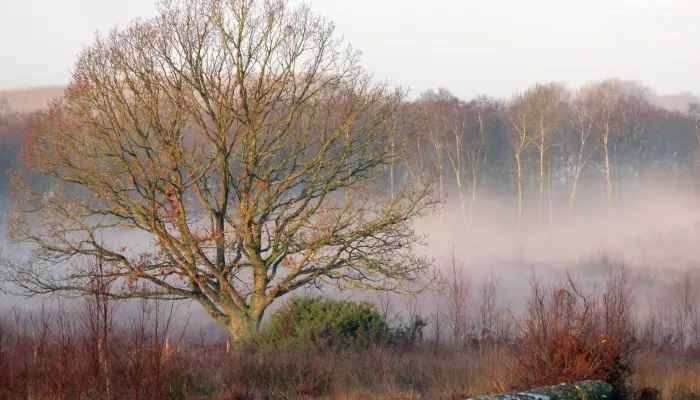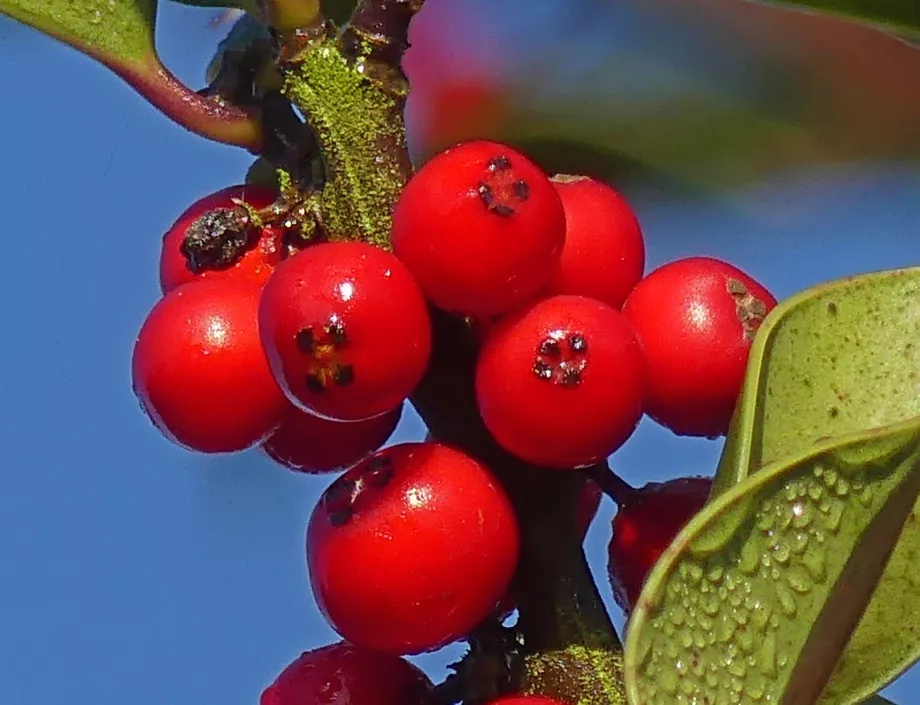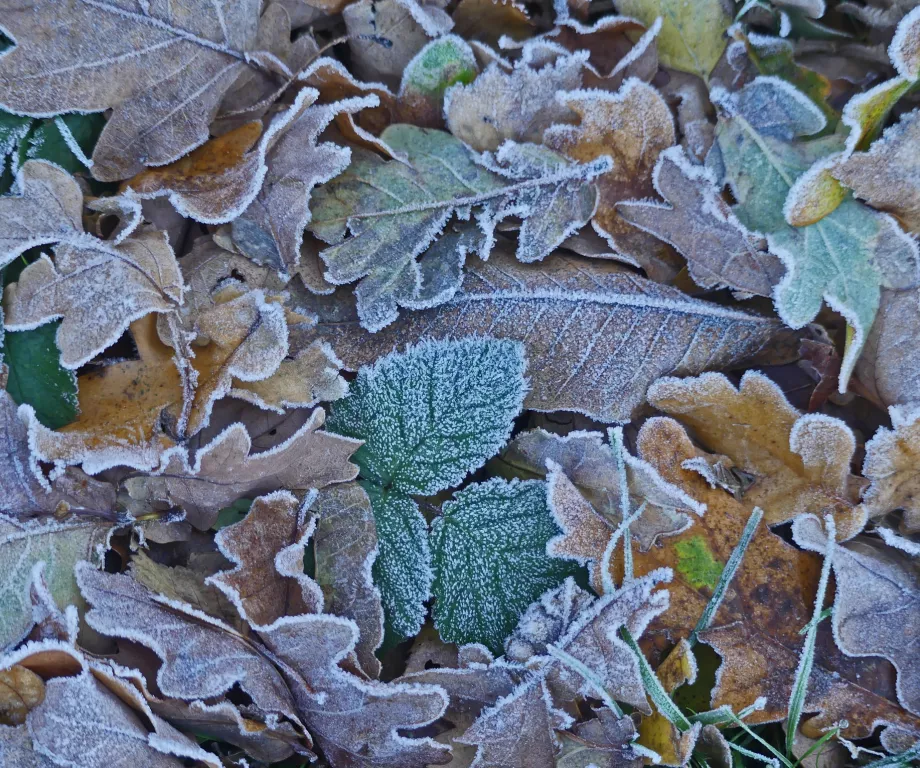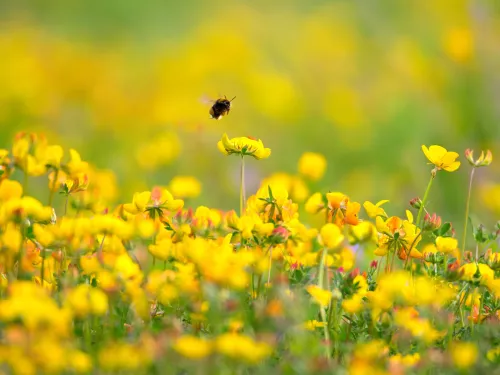Walking among the trees it’s impossible to miss the crunch of acorns, beechmast, sweet chestnut and hazelnuts underfoot. Such seeds rely on mammals as well as birds or wind for dispersal. Mice and squirrels had the sweet hazel kernels weeks ago. Many seeds including beech need winter cold to trigger germination.
Jays, the principal disperser of acorns, will bury them in random spots, where if forgotten, oaks will germinate in spring. In recent years many of the acorns have been distorted by the knopper gall wasp, while the oak marble gall wasp builds the round brown galls, two of the myriad insects that live in the aerial oak city. Both types of gall are now empty, the new generation having sought out turkey oaks on which to lay the next generation of eggs.







